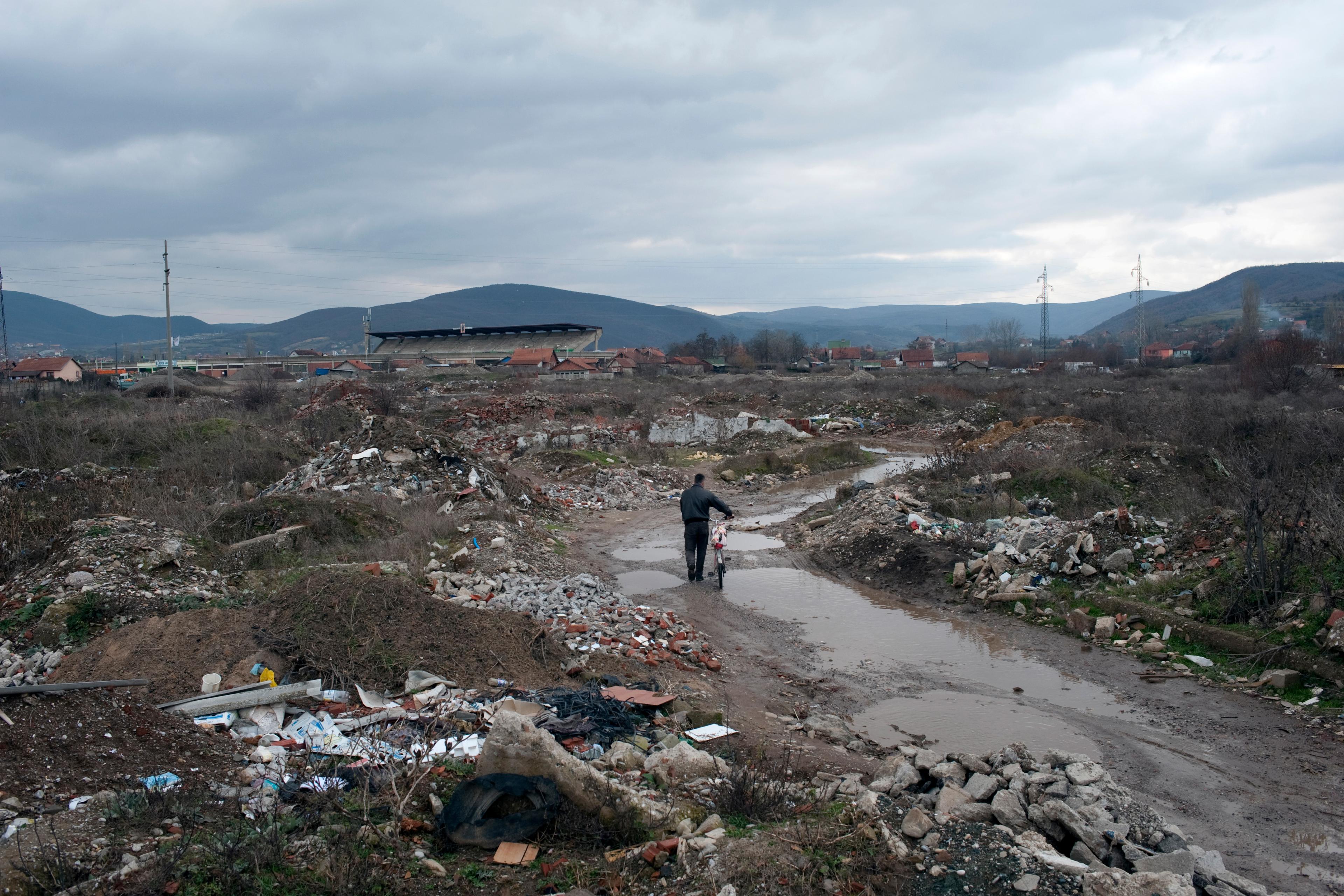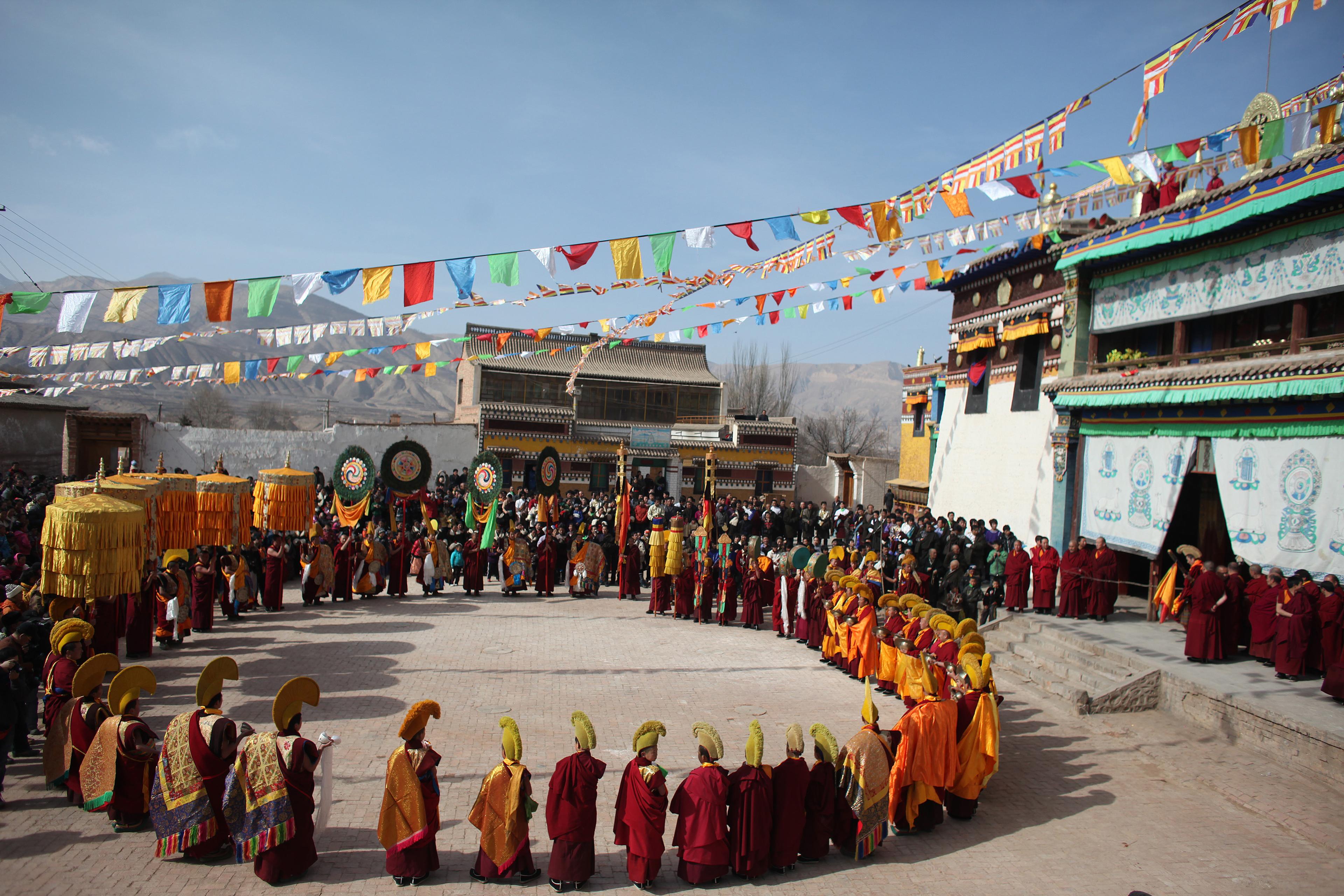
Reality shifting opens portals to the weirdness of our world
It’s easy to denounce ‘reality shifting’ as a shared delusion. But there is value in making the world feel unfamiliar
by Ed Simon
Editor, Aeon+Psyche
Cameron is a writer, editor and underwater anthropologist in Melbourne, Australia. After a decade in Tokyo working as an arts journalist, he began doctoral studies at Deakin University involving fieldwork with scientists and divers at coral reefs in the Pacific Ocean. Cameron is a former books and culture editor for The Japan Times, and a past contributor to CNN, ArtAsiaPacific, Dwell, Apartamento, and art-agenda.
Edited by Cameron Allan McKean

It’s easy to denounce ‘reality shifting’ as a shared delusion. But there is value in making the world feel unfamiliar
by Ed Simon

Hope is indispensable. But when false hope blinds us to reality, a short bout of despair might be the antidote we need
by Juliette Vazard

Unemployed and isolated, the residents of a hikikomori rehab centre hold up a mirror to a society that’s failing them
by Alain Julian

Breathing was once a natural reflex. How did it become a high-stakes biohacking ritual taught by wellness celebrities?
by Oriana Walker

Like billions of people, I use caffeine. But there is a glaring double standard in the drugs we stigmatise or celebrate
by Jonathan Simone

For the men and boys of the Dom community in Varanasi, sacred cremations demand a lifetime of exhausting, dangerous labour
by Radhika Iyengar

Chimpanzees favour the colour red. Junglefowl prefer symmetry. Our shared capacity for aesthetic pleasure is cause for wonder
by Brandon Keim

What if ‘stress reduction’ is the least interesting thing mindfulness does? Complexity science offers new ways forward
by Pavel Chvykov